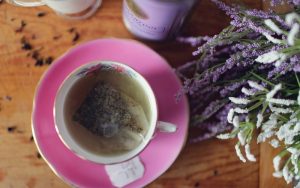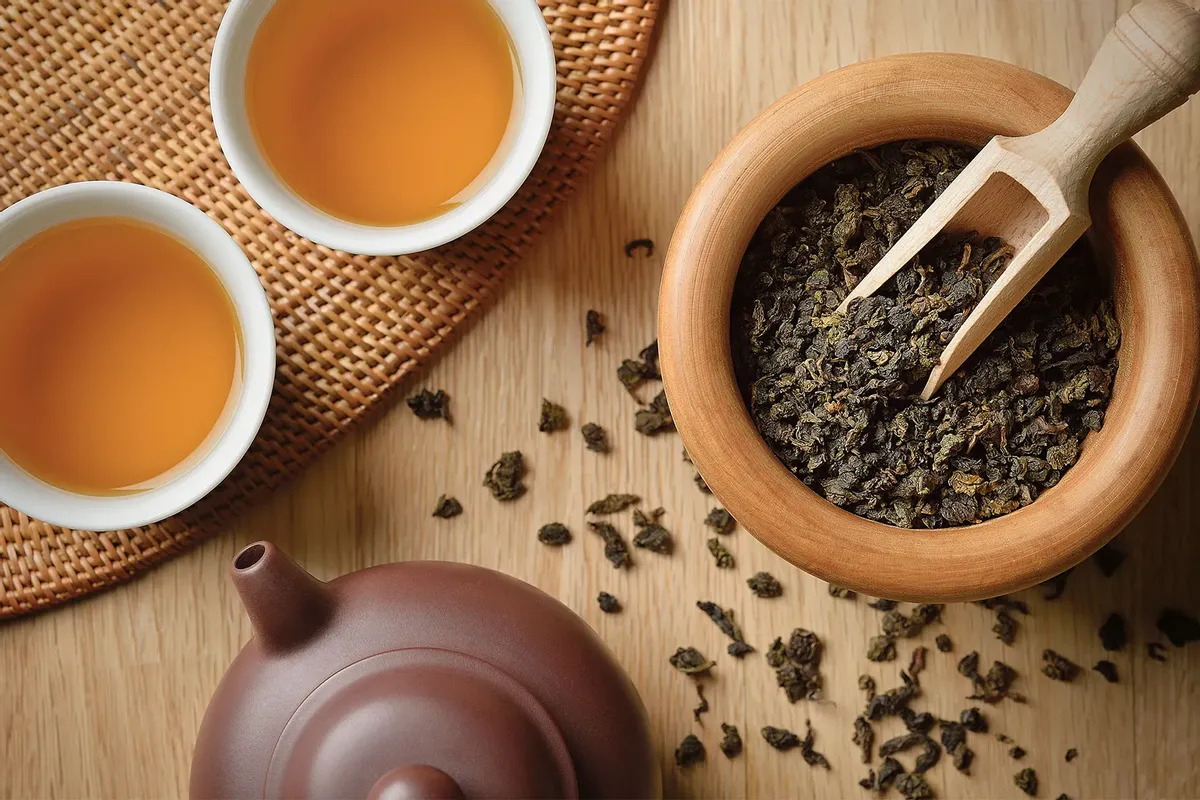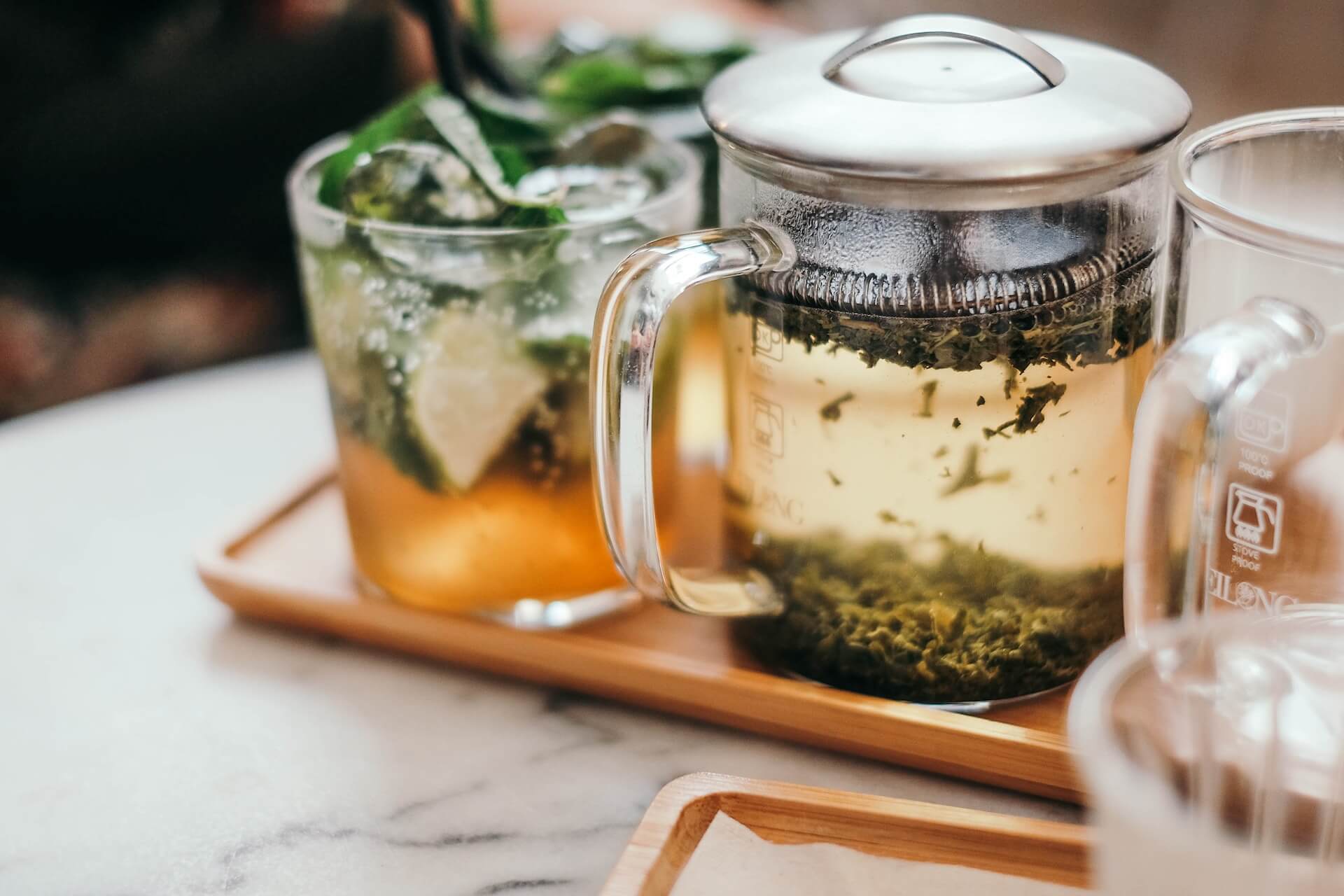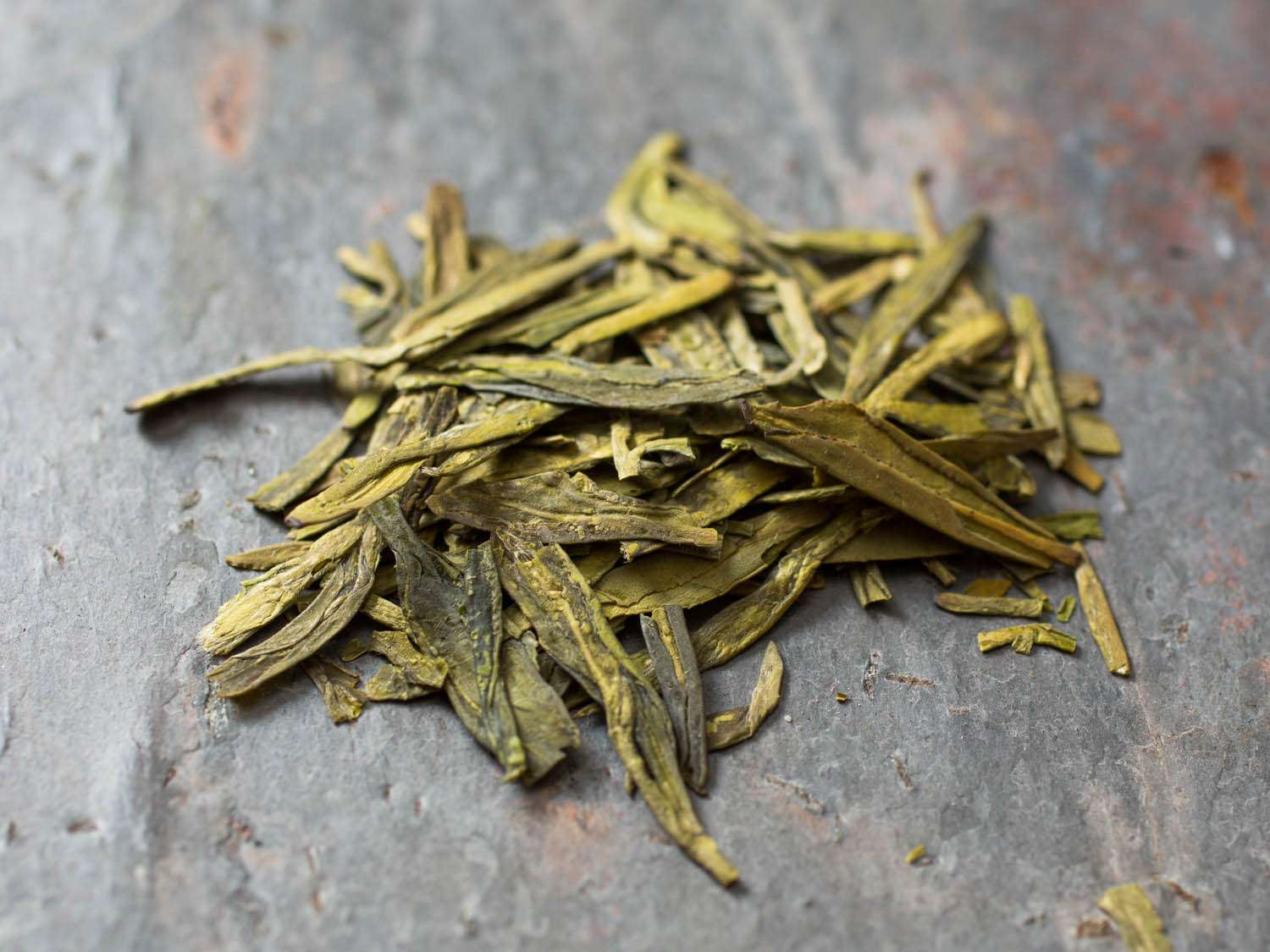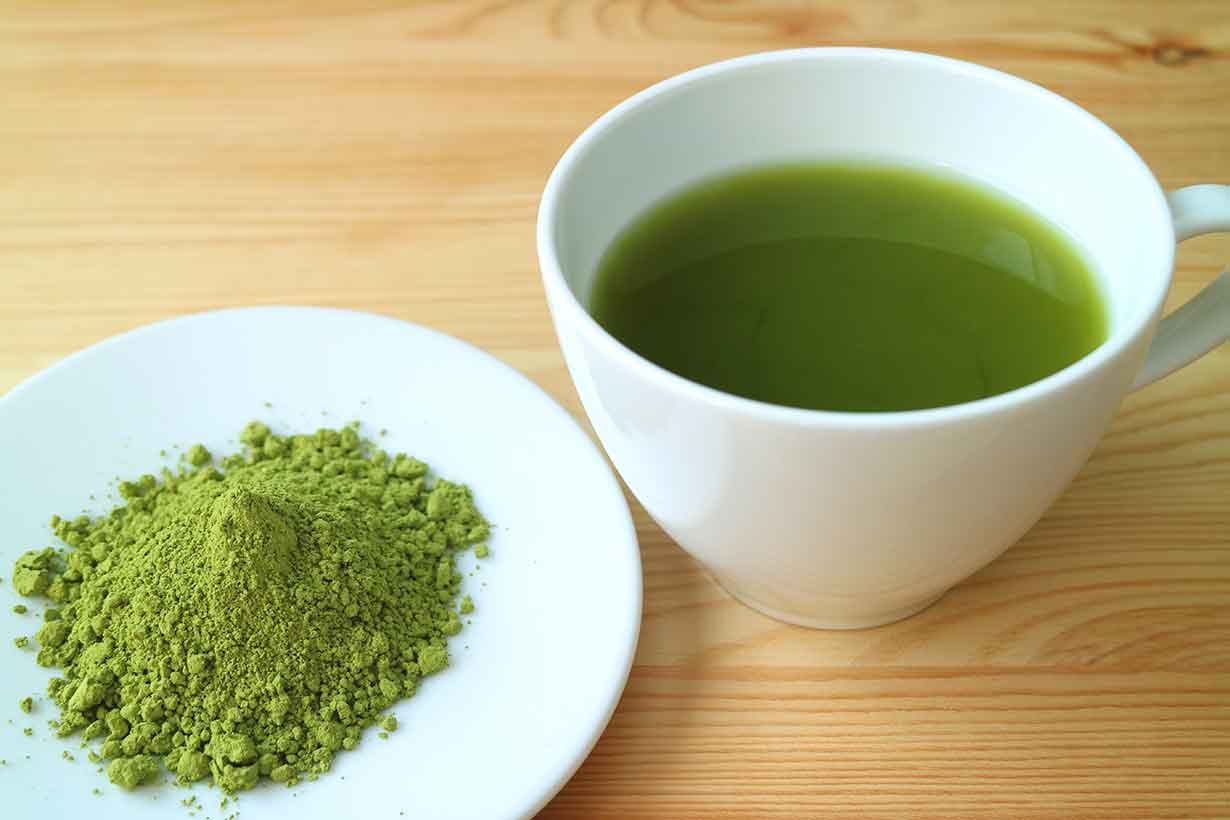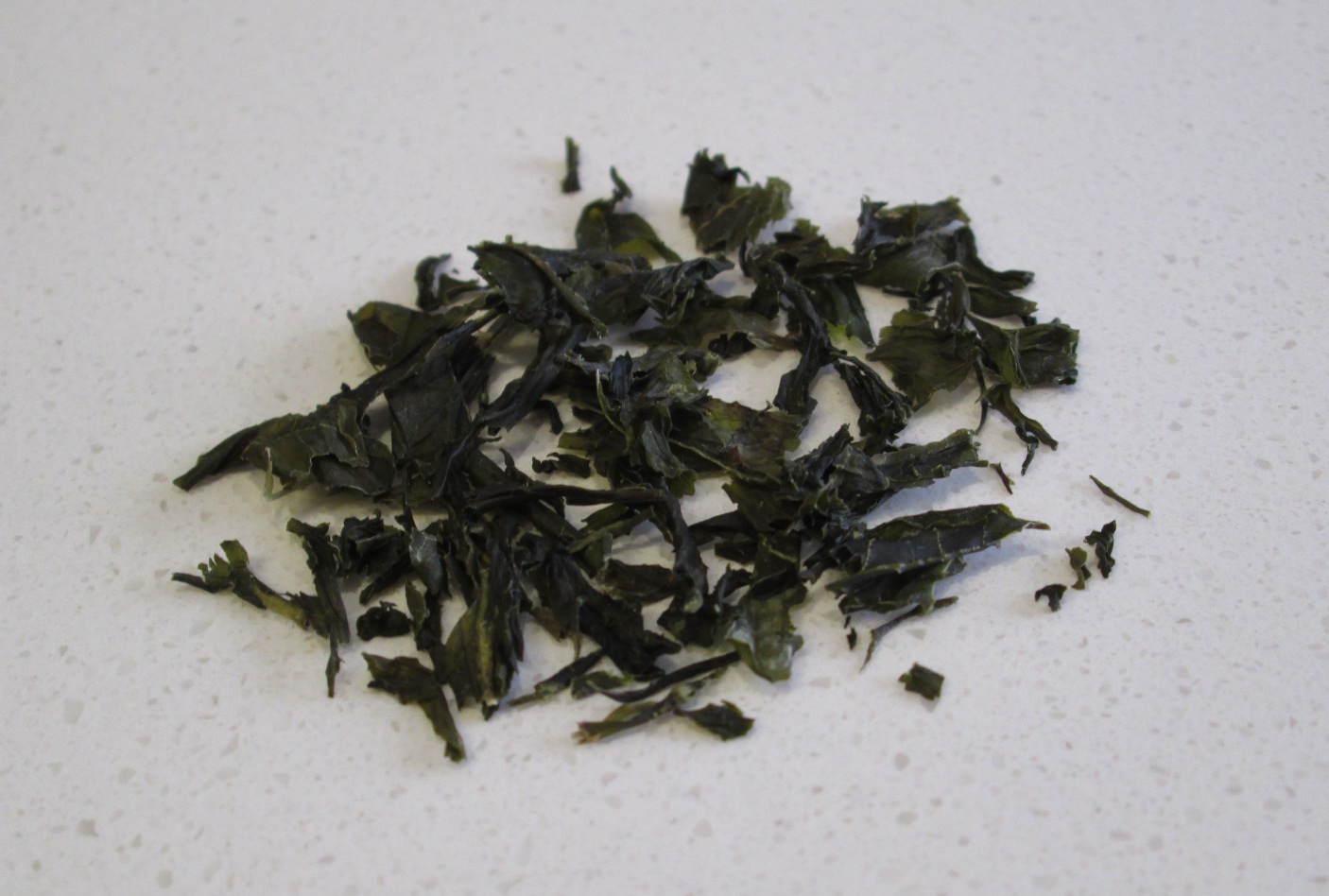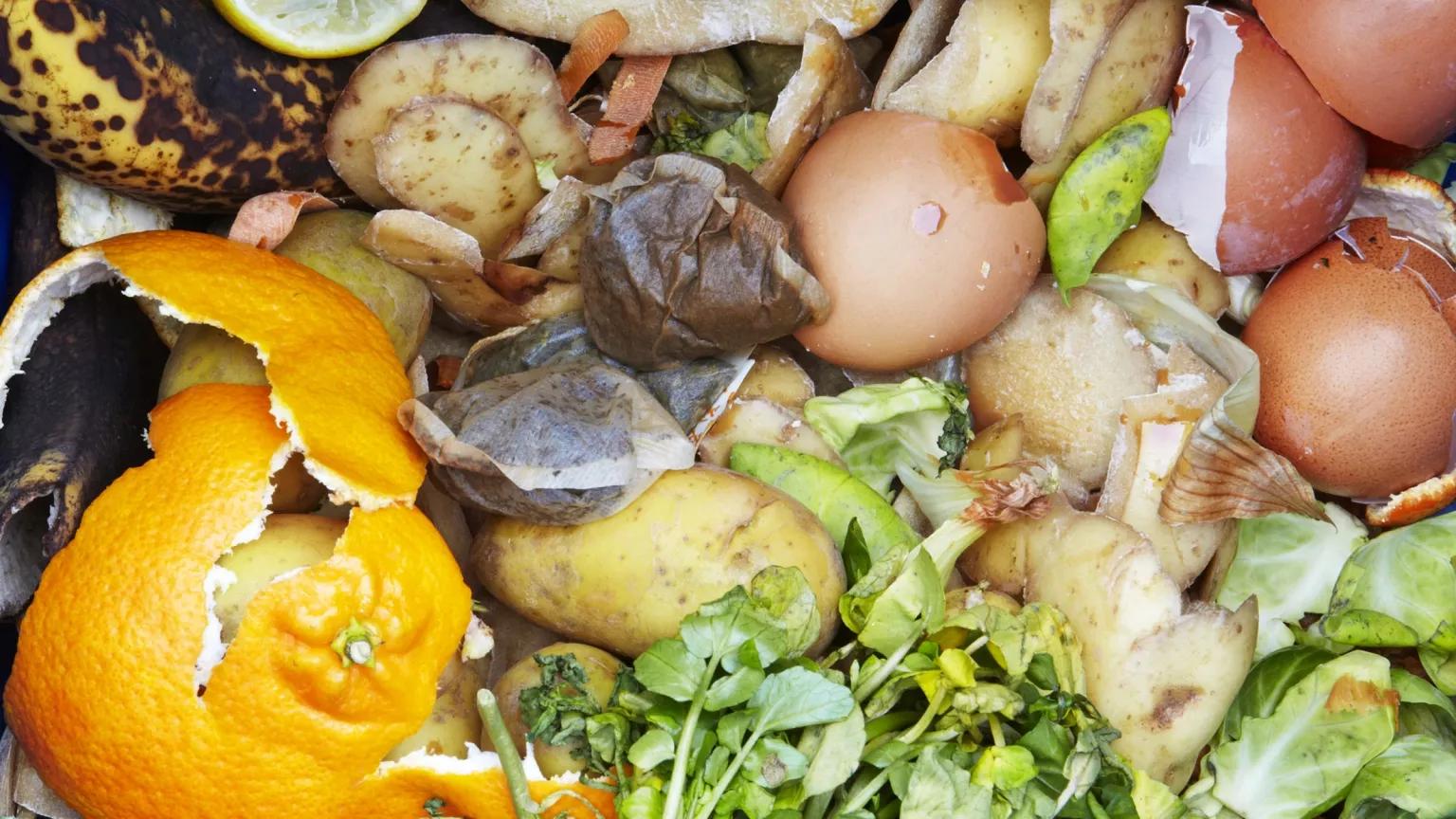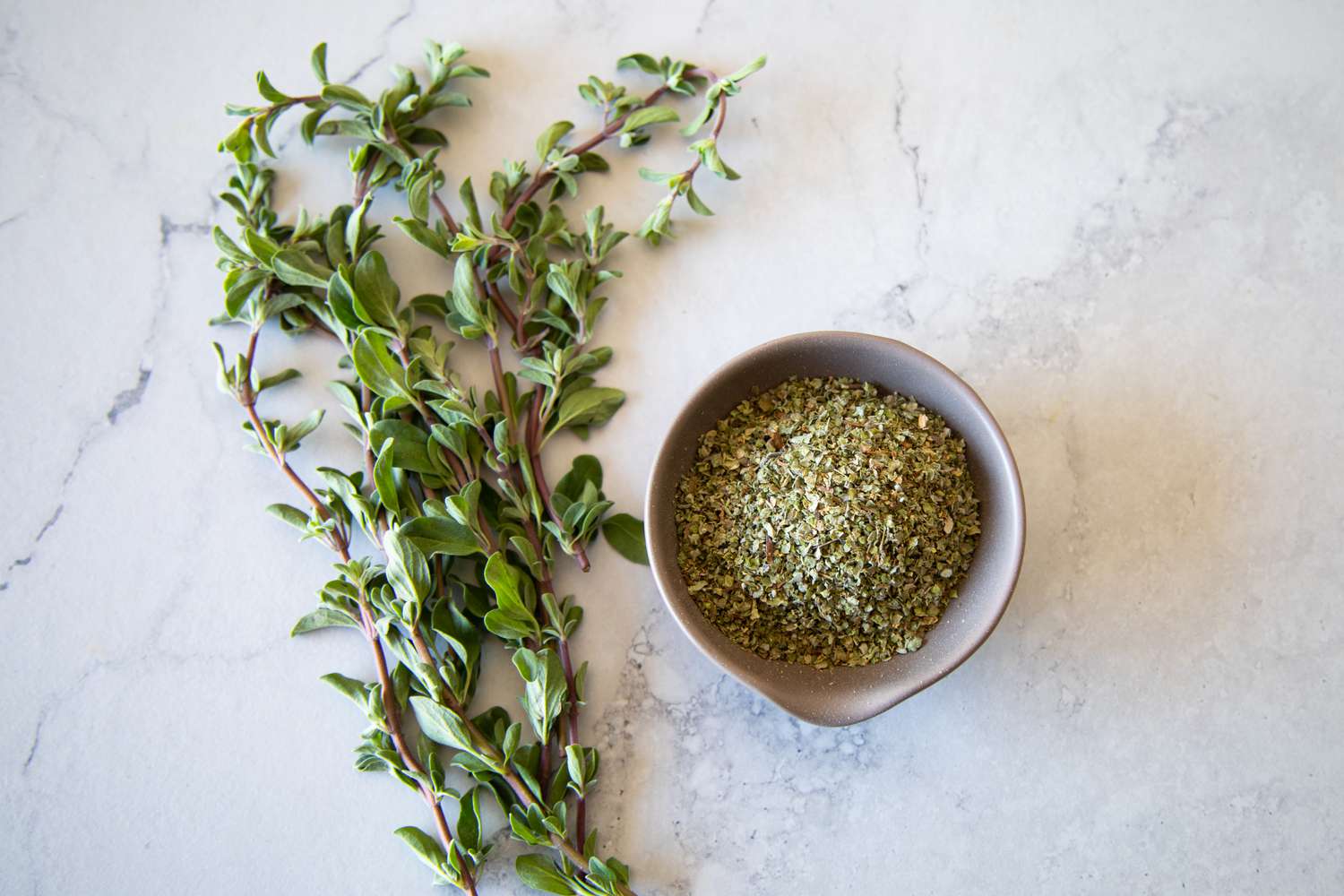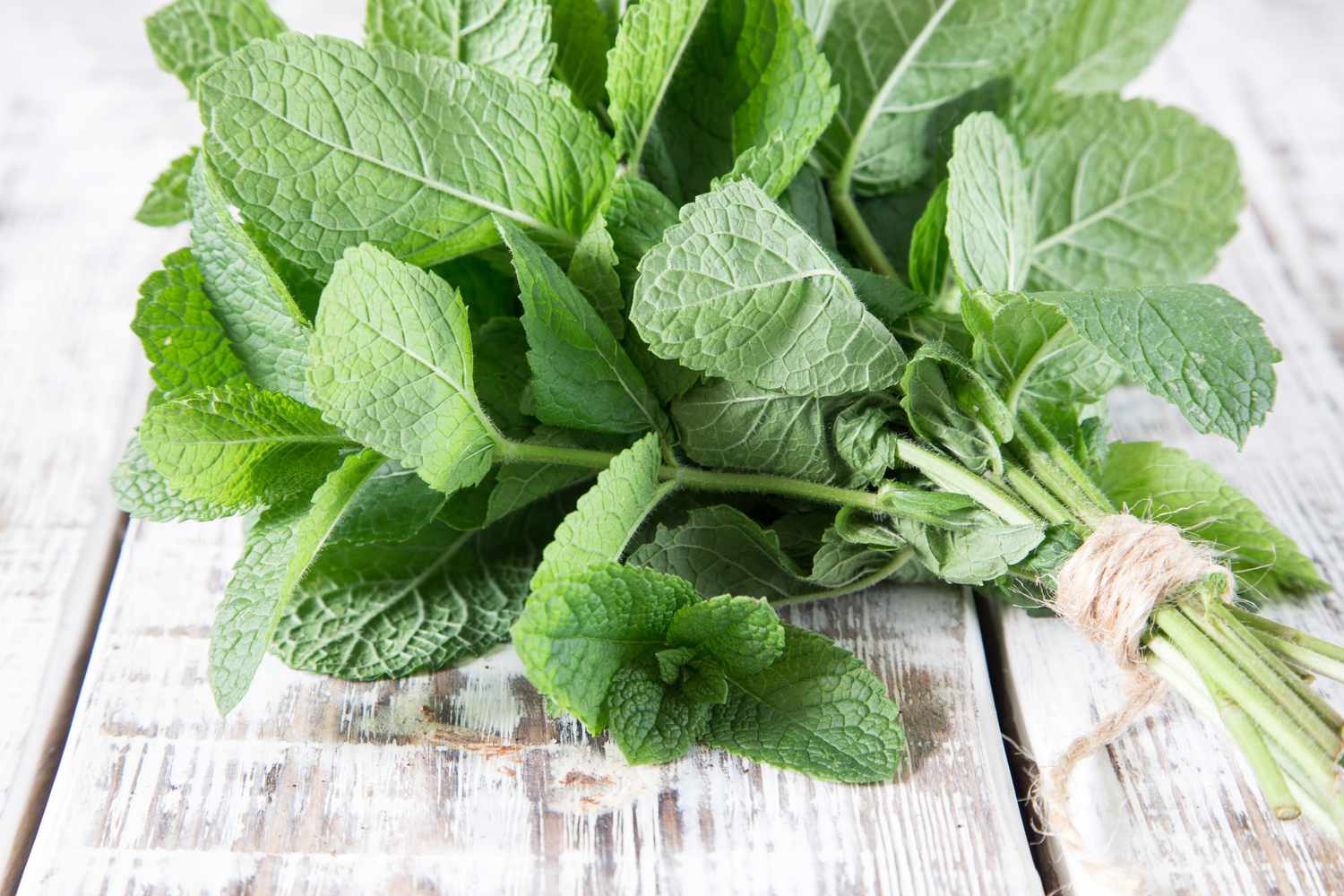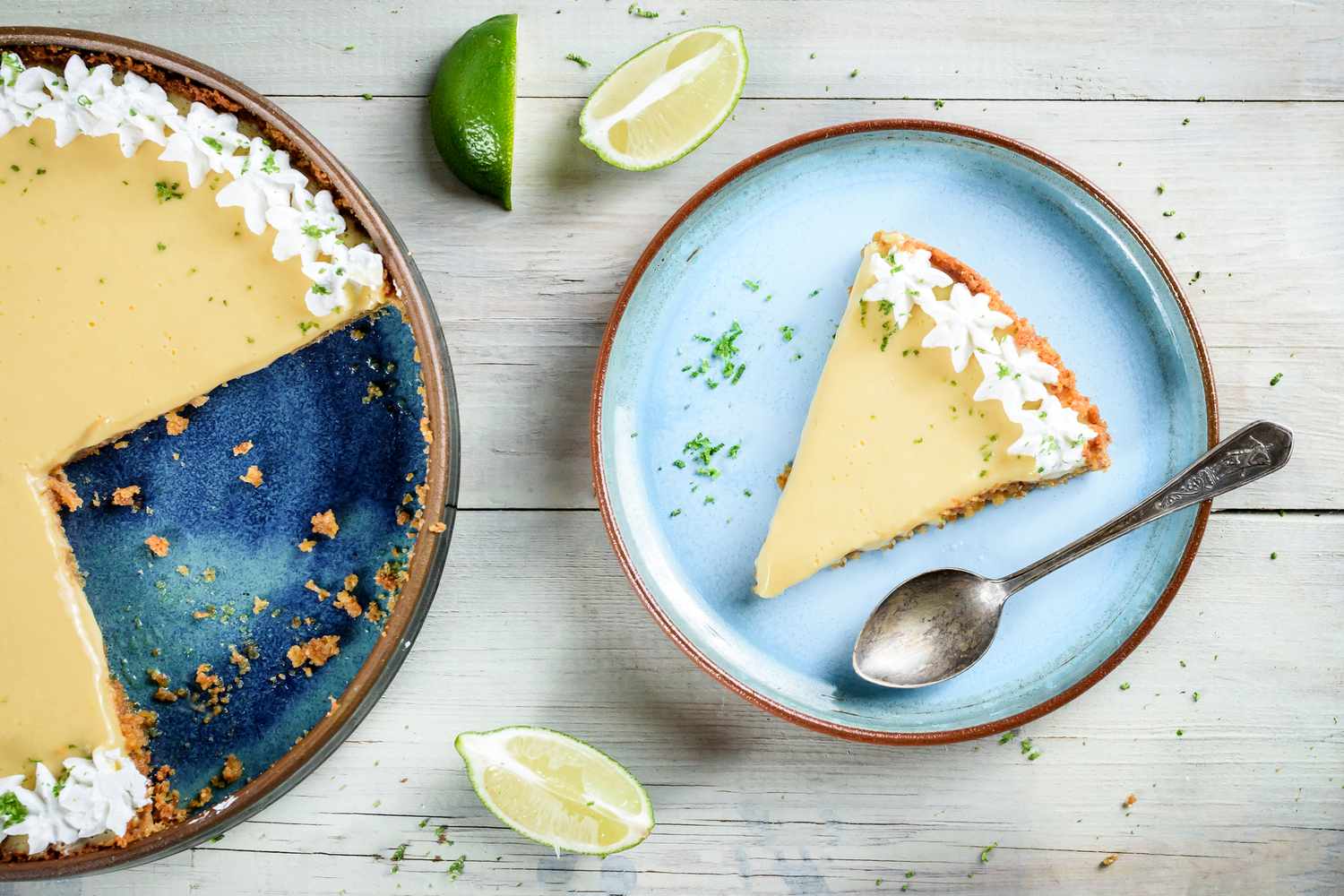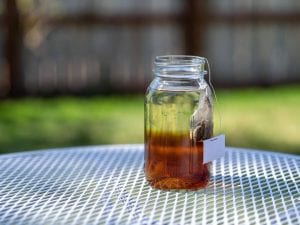Ever wondered what to do with those leftover tea leaves after brewing your favorite cup? Instead of tossing them out, you can use them in cooking. Tea leaves add unique flavors and textures to various dishes, making them a versatile ingredient. From marinating meats to enhancing baked goods, these little leaves can transform your culinary creations. Plus, using leftover tea leaves reduces waste, making your kitchen more eco-friendly. Ready to discover some innovative ways to incorporate them into your meals? Let's dive into the world of cooking with tea leaves!
Essential Ingredients for This Recipe
Innovative Uses for Leftover Tea Leaves in Cooking
-
Tea-Infused Rice
- 1 cup leftover tea leaves
- 2 cups water
- 1 cup rice
- Salt to taste
-
Tea-Smoked Chicken
- 1 cup leftover tea leaves
- 2 chicken breasts
- 1/4 cup soy sauce
- 1 tablespoon honey
- 1 teaspoon ginger (grated)
- 1 teaspoon garlic (minced)
-
Tea Leaf Salad
- 1 cup leftover tea leaves (fermented or pickled)
- 1 cup shredded cabbage
- 1/2 cup cherry tomatoes (halved)
- 1/4 cup peanuts (roasted)
- 1/4 cup sesame seeds (toasted)
- 1 tablespoon fish sauce
- 1 tablespoon lime juice
- 1 teaspoon chili flakes
-
Tea-Infused Ice Cream
- 1 cup leftover tea leaves
- 2 cups heavy cream
- 1 cup milk
- 3/4 cup sugar
- 4 egg yolks
- 1 teaspoon vanilla extract
-
Tea-Infused Marinade
- 1 cup leftover tea leaves
- 1/2 cup olive oil
- 1/4 cup soy sauce
- 2 tablespoons lemon juice
- 1 tablespoon honey
- 1 teaspoon black pepper
- 1 teaspoon garlic powder
-
Tea-Infused Bread
- 1 cup leftover tea leaves
- 3 cups flour
- 1 cup warm water
- 1 packet yeast
- 1 tablespoon sugar
- 1 teaspoon salt
-
Tea-Infused Smoothie
- 1/2 cup leftover tea leaves
- 1 banana
- 1 cup spinach
- 1 cup almond milk
- 1 tablespoon honey
- 1 teaspoon chia seeds
Tools and Instruments Needed
Tools Needed for Innovative Uses for Leftover Tea Leaves in Cooking
- Fine Mesh Strainer: To separate tea leaves from liquid.
- Mortar and Pestle: For grinding tea leaves into a fine powder.
- Mixing Bowls: To combine ingredients.
- Measuring Spoons: For accurate measurements.
- Whisk: To blend ingredients smoothly.
- Baking Sheet: For roasting or baking.
- Parchment Paper: To prevent sticking during baking.
- Saucepan: For making tea-infused sauces or syrups.
- Blender: To mix tea leaves into smoothies or soups.
- Spice Grinder: For finely grinding tea leaves.
- Storage Containers: To keep leftover tea leaves fresh.
- Knife and Cutting Board: For preparing other ingredients.
- Sifter: To evenly distribute powdered tea leaves.
- Tea Infuser: For steeping tea leaves in liquids.
- Rolling Pin: For incorporating tea leaves into dough.
- Food Processor: To blend tea leaves into batters or doughs.
- Pastry Brush: For applying tea-infused glazes.
- Zester: To add a hint of citrus to tea-infused dishes.
Leftover tea leaves can enhance dishes by adding unique flavors. Use them in marinades, soups, or baked goods. They also work well as a seasoning for meats or vegetables.
Why This Recipe Works
Leftover tea leaves can add unique flavors to dishes, reducing waste. They offer a subtle, earthy taste that enhances soups, marinades, and desserts. Using them creatively in cooking promotes sustainability and resourcefulness. Plus, tea leaves contain antioxidants and nutrients, making meals healthier while minimizing environmental impact.
Step-by-Step Instructions for Innovative Uses for Leftover Tea Leaves in Cooking
-
Infuse Oils and Vinegars
- Dry leftover tea leaves thoroughly.
- Place them in a clean jar.
- Pour over with your choice of oil or vinegar.
- Seal jar tightly; let sit for a few weeks.
- Strain leaves out; use infused liquid in dressings or marinades.
-
Create a Tea-Based Rub
- Grind dry tea leaves into a fine powder.
- Mix with spices like garlic powder, salt, and pepper.
- Rub mixture onto meats or vegetables before cooking.
-
Enhance Baking Goods
- Finely grind tea leaves.
- Incorporate into flour for cakes, cookies, or bread.
- Bake as usual for a subtle tea flavor.
-
Boost Smoothies
- Add a spoonful of finely ground tea leaves.
- Blend with fruits, vegetables, and liquid of choice.
- Enjoy an antioxidant-rich smoothie.
-
Flavor Homemade Pasta
- Mix ground tea leaves into pasta dough.
- Roll and cut dough as per usual method.
- Cook pasta to enjoy its unique flavor.
-
Make Tea-Infused Butter
- Melt butter in a pan.
- Add dry tea leaves; simmer on low heat.
- Let cool, then strain leaves out.
- Use butter on toast, vegetables, or in baking.
-
Prepare a Tea Marinade
- Steep tea leaves in hot water; cool.
- Mix tea with ingredients like soy sauce, ginger, and garlic.
- Marinate meat or tofu before cooking.
-
Craft a Tea-Based Cocktail Syrup
- Boil water and sugar with tea leaves.
- Reduce to a syrup consistency.
- Cool and strain.
- Mix into cocktails for a unique twist.
-
Enhance Rice Dishes
- Cook rice with water infused with tea leaves.
- Remove leaves before serving.
- Enjoy subtly flavored rice.
-
Create Tea-Flavored Chocolate
- Melt chocolate over a double boiler.
- Mix in finely ground tea leaves.
- Pour into molds; let set.
- Enjoy homemade tea-flavored chocolates.
-
Season Popcorn
- Grind tea leaves with salt.
- Pop popcorn using your preferred method.
- Toss popcorn with tea and salt mixture.
-
Infuse Cream for Desserts
- Heat cream with tea leaves.
- Once infused, cool and strain.
- Use cream in desserts like panna cotta or whipped cream toppings.
Making the Most of Leftover Tea Leaves
Leftover tea leaves can transform your cooking. They add unique flavors and textures to many dishes. Use them in marinades for meats, giving a subtle earthy taste. Mix them into baked goods like cookies or bread for a surprising twist. They can even be blended into smoothies for a nutrient boost.
Don't forget about soups and stews. Tea leaves can enhance the broth, adding depth. For a crunchy topping, dry and crush them to sprinkle over salads or roasted veggies.
Experimenting with tea leaves not only reduces waste but also opens up new culinary possibilities. So next time you brew a pot, think twice before tossing those leaves. Your kitchen will thank you!
Common Questions About Innovative Uses for Leftover Tea Leaves in Cooking
Can I really use leftover tea leaves in my cooking?
Absolutely! Leftover tea leaves are versatile and can add a unique flavor to various dishes. From marinades to desserts, they infuse meals with an aromatic depth that's hard to beat.
What's the best way to incorporate tea leaves into savory dishes?
One fantastic method is to grind them into a fine powder and mix them into rubs for meats or sprinkle over vegetables before roasting. This technique allows the subtle tea flavors to permeate the food, creating a delightful taste experience.
How about using tea leaves in baking? Any tips?
For baking, mix finely ground tea leaves into your flour. They're especially great in shortbread cookies or cakes, offering a hint of tea flavor that complements sweet treats perfectly.
Are there specific types of tea leaves that work best in cooking?
Green and black teas are incredibly versatile, but don't shy away from experimenting with others like oolong or jasmine. Each type brings its own unique flavor profile to the table, so feel free to play around and find your favorites.
Can I use tea leaves that have already been brewed?
Yes, you can! Brewed tea leaves are softer and have already released some of their flavors, making them ideal for infusing into broths, soups, or stews where they can impart a subtle tea essence.
Is there a way to store leftover tea leaves for cooking purposes?
Dry them out completely before storing in an airtight container. This method preserves their aroma and flavor, ensuring they're ready to enhance your dishes whenever you need them.
Any creative ideas for using tea leaves in everyday meals?
Try blending tea leaves with sea salt to create a unique seasoning for popcorn or fries. Or, steep them in cream before making ice cream or custards for a sophisticated twist on classic desserts.
